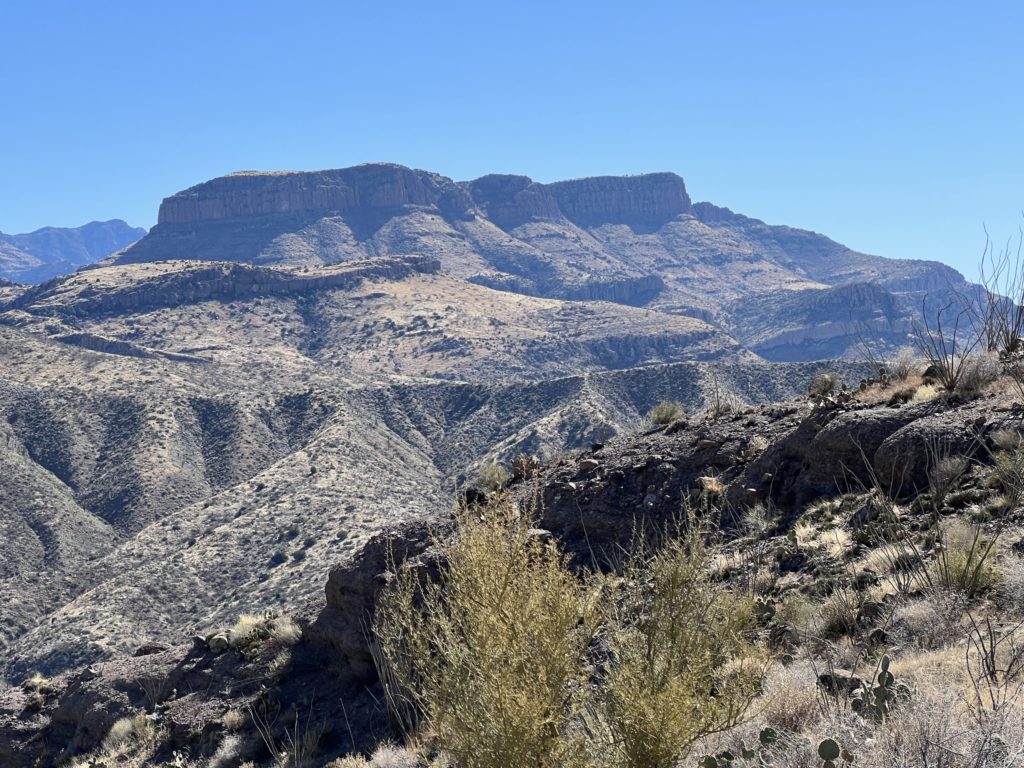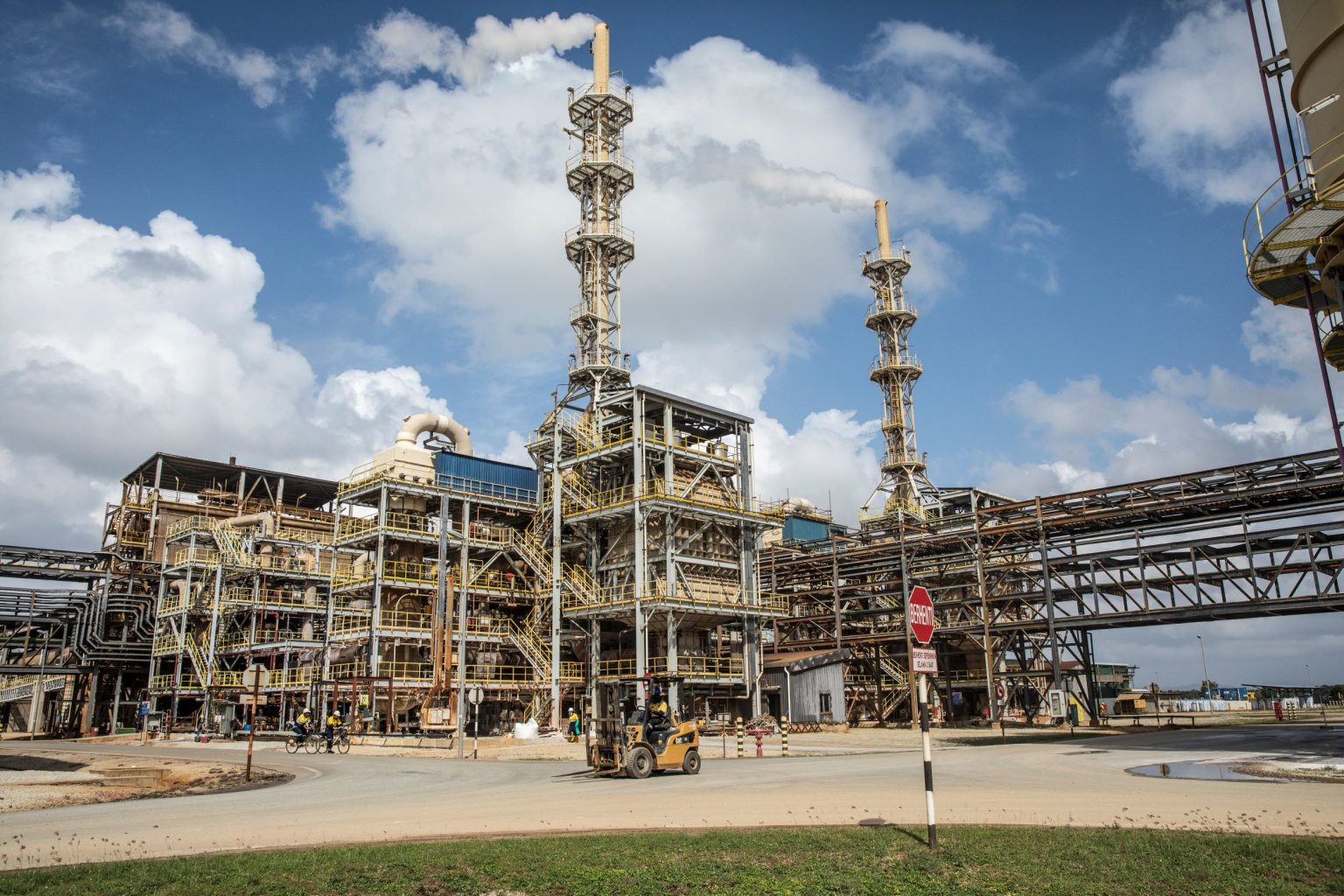Faraday Copper PEA ‘scratches the surface’ with a $2.7bn, 32-year Copper Creek plan

Faraday Copper (TSX: FDY) published last week a preliminary economic assessment (PEA) on its Copper Creek project in southern Arizona that outlines a 51,100 copper-equivalent metal per year operation for 32 years at a capital outlay of $2.7 billion.
The study calculated an after-tax net present value (NPV), at a 7% discount of $713 million, with an internal rate of return of 16%.
A new resource estimate underpins the PEA. Measured and indicated resources now total 421.9 million tonnes at an average grade of 0.45% copper for 4.2 billion lb. of copper. Inferred resources come to 83.6 million tonnes grading 0.34% copper for 628.2 million lb. of copper.
Production will entail a series of open pits with a grade-bin strategy that stockpiles low-grade ore for later in the mine life. The initial open pit phase will cost $798 million and, on a standalone open pit-only basis, supports a pre-tax NPV of $337 million.
On top of the initial outlay, the operation requires sustaining and expansion capital of $1.7 billion and a $170-million closure and reclamation obligation over the life of the mine.
Underground development will start in year three, and first production from the Keel Zone in year eight, with full production at 30,000 tonnes per day from the American Eagle block-cave operation by year 11.
The processing infrastructure entails a 30,000 tonnes per day concentrator, a small leach pad and an SX/EW plant to process about 20 million tonnes of oxide ore. The mill recoveries are estimated at 94% for primary sulphides and 75% for transitional material. The mill will produce a concentrate with molybdenum and silver by-product credits.
Canaccord Genuity analyst Dalton Baretto says management has succeeded in putting together a strong initial development scenario for Copper Creek around the existing resource base.
He sees significant exploration potential on the property, which is located about 70 km northeast of Tuscon. In a note to clients, the analyst suggests geologists have identified over 400 near-surface breccias on the property, of which only 35 have been drill-tested and 14 included in the mine plan.
“The FDY team is only just scratching the surface,” Baretto said. As such, he expects this design to go through multiple iterations over time.
Underground, the magmatic roots of the breccias at the intersection of the underlying porphyries offer a higher-grade source of ore. “Of all the breccias drilled to date, only one (Keel) has been meaningfully drilled deeper,” the analyst points out.
Baretto sees strong potential for significant regional synergies with BHP’s (NYSE: BHP; LSE: BHP; ASX: BHP) San Manuel-Kalamazoo complex next door, a past-producing operation that is now being re-evaluated.
“Progress on any one of these opportunities could serve to (significantly) improve the economics of the project going forward,” the analyst says.
{{ commodity.name }}
{{ post.title }}
{{ post.date }}


Comments